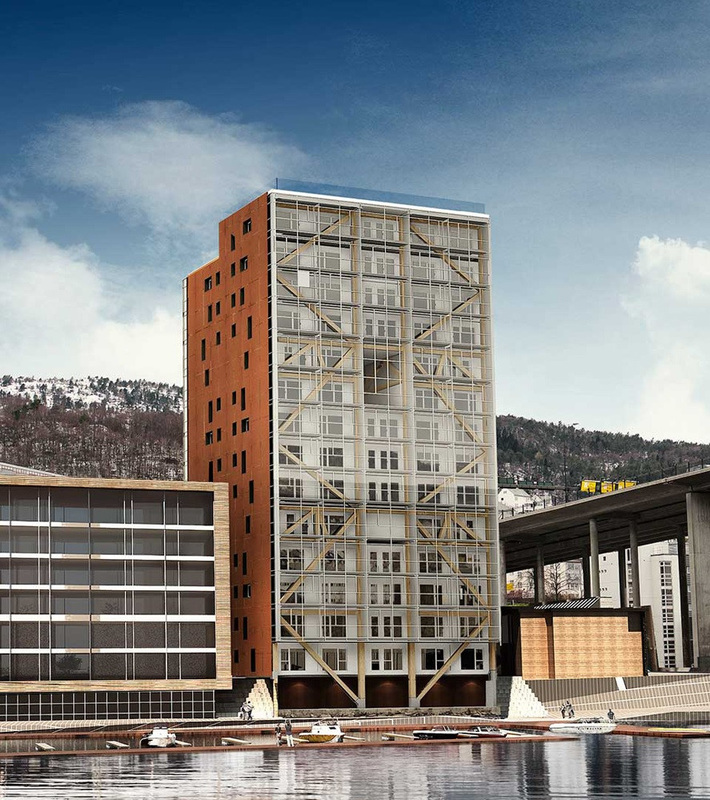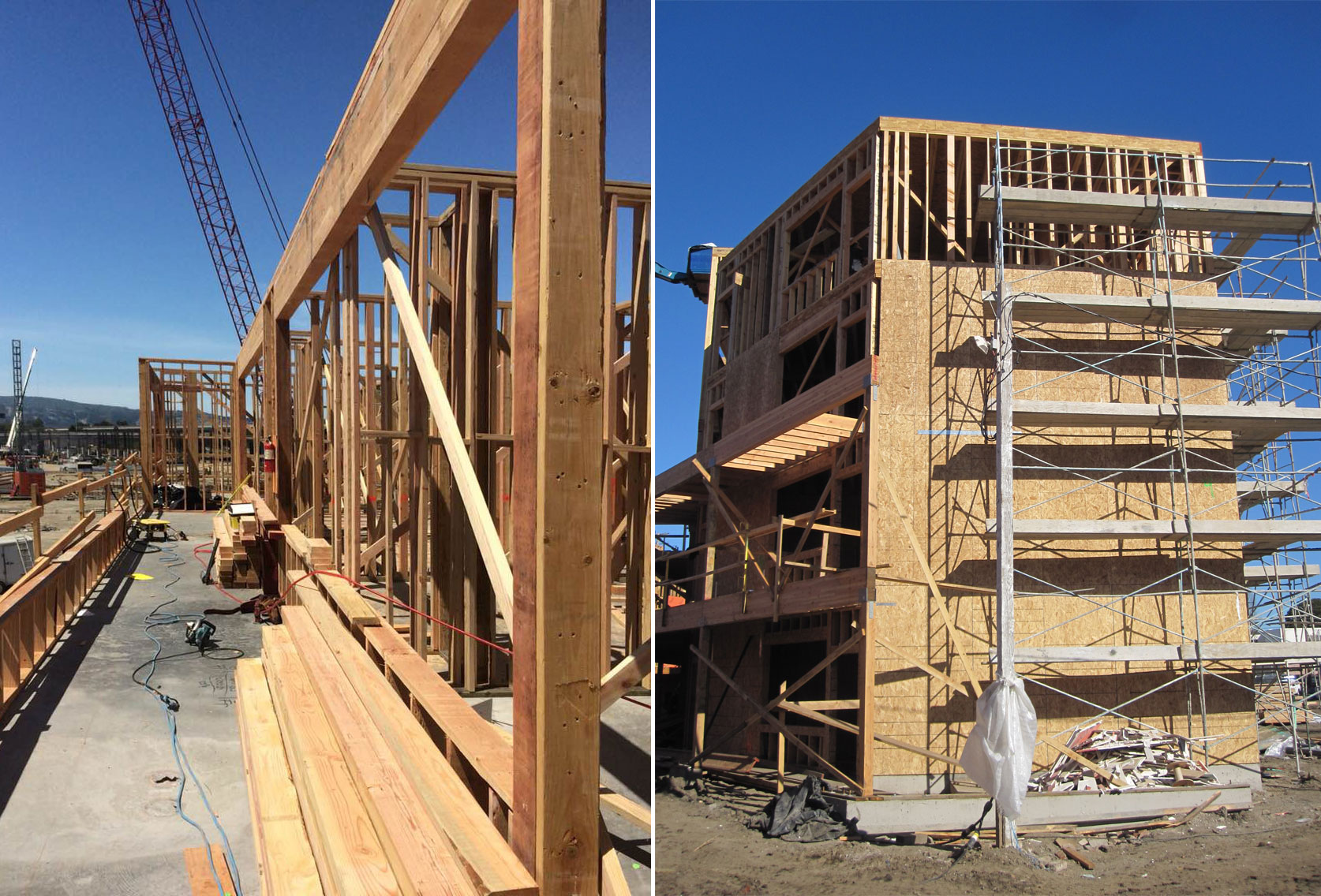
"When you're talking about fire resistance, there's three different ways it can fail. It is wood, and it does burn, but it burns slowly and predictably, and while it burns, it creates an insulating layer, which protects from some of the structural dangers with fire. "If you're going to use this topping slab, we might as well make it composite and get some structural benefit out of it, and get some fire benefit out of it as well," Johnson says.įire is an intuitive concern with a wood building, but CLT is more fire-resistant than you might intuit. But SOM took it a step further by making it a concrete-timber composite with the use of specially designed connectors to bind the two materials. The reinforced concrete cuts down on noise traveling from floor to floor, a common approach in timber buildings.

"What we did is something unusual, something people haven't done to date, which is to think of the composite timber and concrete acting continuously to create a uniform flat-plate type structure," Johnson says. "It enhances the structural spanning characteristics, it enhances the acoustical characteristics, and it enhances the fire characteristics."ĬLT is less massive than steel, so it absorbs less sound. The layer of concrete, about the depth of one of the wood layers, helps solve three issues SOM had to address with CLT. It ended up being stiffer than we needed." SOM's Timber Tower floor test at the University of Oregon We knew we had to hit a certain stiffness target that would allow us to design these floors to not deflect, to not vibrate too much. And you can't allow the floors to get too bouncy people would get uncomfortable with them. "Long-term, you don't want the partitions cracking. "You have to have a certain amount of floor stiffness, so the floors don't get too saggy," Johnson says. The Timber Tower project passed its first major test recently: a 36-foot-by-8-foot floor section of CLT coated with reinforced concrete supported 82,000 pounds, exceeding required loads and structural expectations. "Once we really got to understanding the capabilities of cross-laminated timber, it became clear that these types of projects were viable from an engineering and architecture standpoint to heights far beyond what was allowable by code-meaning the material is so strong it can support a building that's very, very large," Johnson says. But that's the tallest CLT building that has been built. There's the Via Cenni complex in Milan, a 124-apartment complex Bridport House, a 41-unit building in London and the 10-story Forte building in Melbourne, the wood for which was shipped from Austria in 25 shipping containers. It was used as more of a hard-working industrial product for a long time." "But in the United States, the material itself was being used primarily for temporary foundations, for construction access, things of that nature. "Cross-laminated timber has been a building product really used in Europe for the past 20 years or so, for all types of different construction," says Benton Johnson, the SOM associate who's leading the firm's Timber Tower project. In South Dakota, there's a beautiful glulam highway bridge from the mid-20th century.ĬLT is a newer technology, developed in the 1990s in Austria wood is laid together so that the grain of each layer is perpendicular to the grain of the next, glued, and pressed, making it more rigid than regular laminated timber, where the grains run parallel. It's an old idea, too glued laminated (glulam) timber has been used for roofs and other structural elements since the mid-19th century, such as for the spectacular roof of the Richmond Olympic Oval. It's a simple idea: smaller pieces of timber are glued together to make big pieces.

It was a prototype for a 42-story building made out of cross-laminated timber for the floors and laminated timber for the columns. Among the models of architectural grace, it was an engineering idea, but it compelled me the most. It took a second to figure out what it was: a skyscraper made, mostly, out of wood. While I was waiting in their lobby, I browsed a display of models from the firm's architects-new supertalls, a Chicago Architecture Biennial experiment, and so forth.Īmong the wondrous designs was what looked like a straightforward Miesian skyscraper. A while back I was at Skidmore, Owings & Merrill for a story about the cutting edge of architecture: a 3D-printed building.


 0 kommentar(er)
0 kommentar(er)
